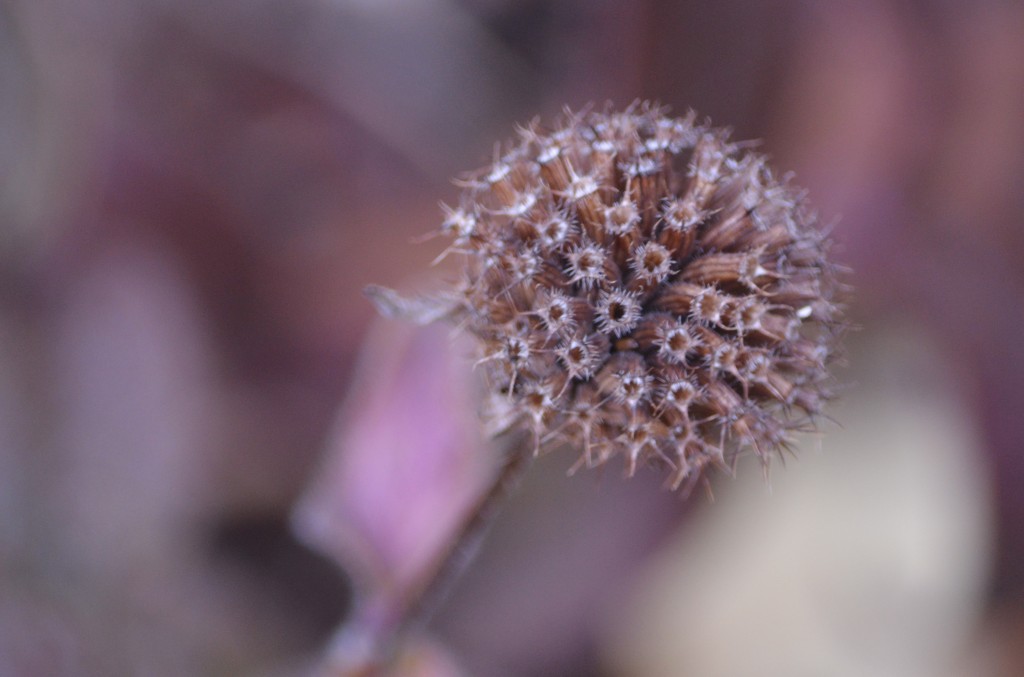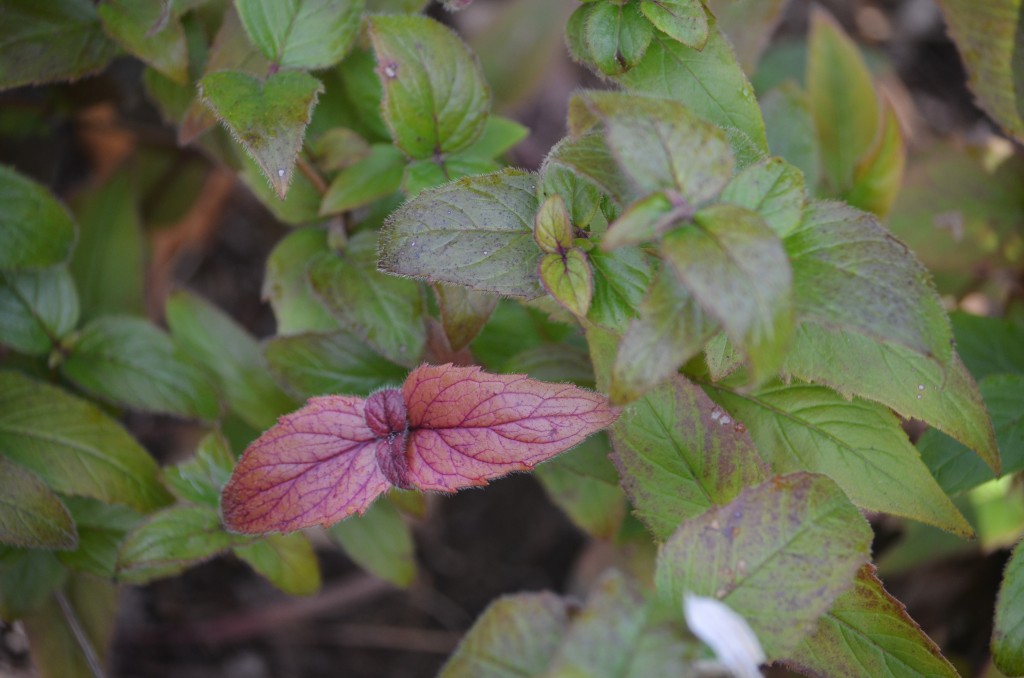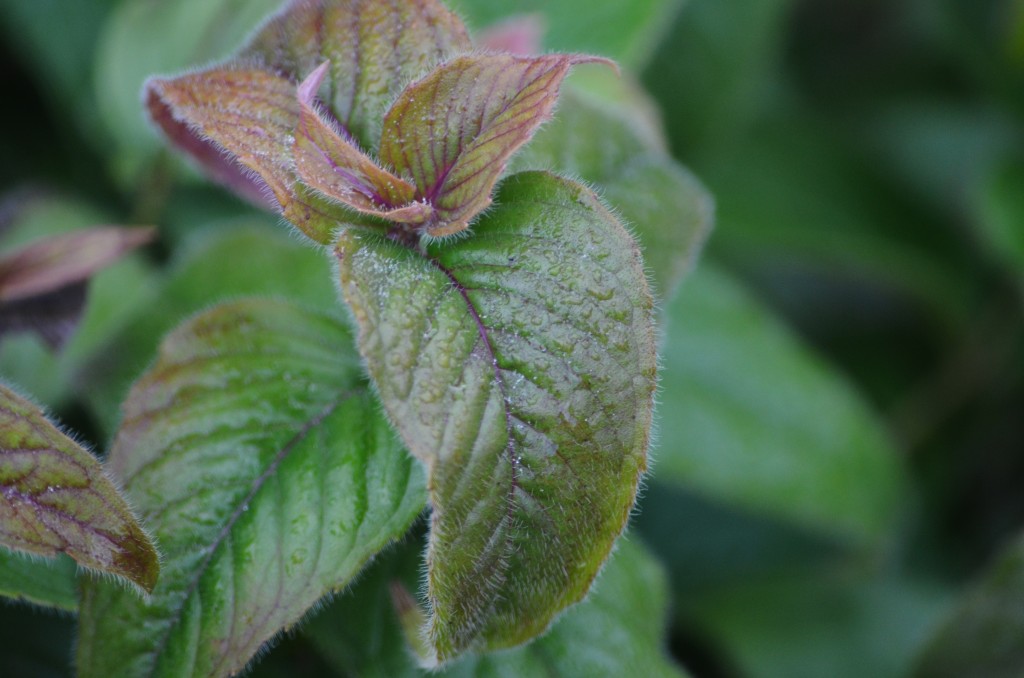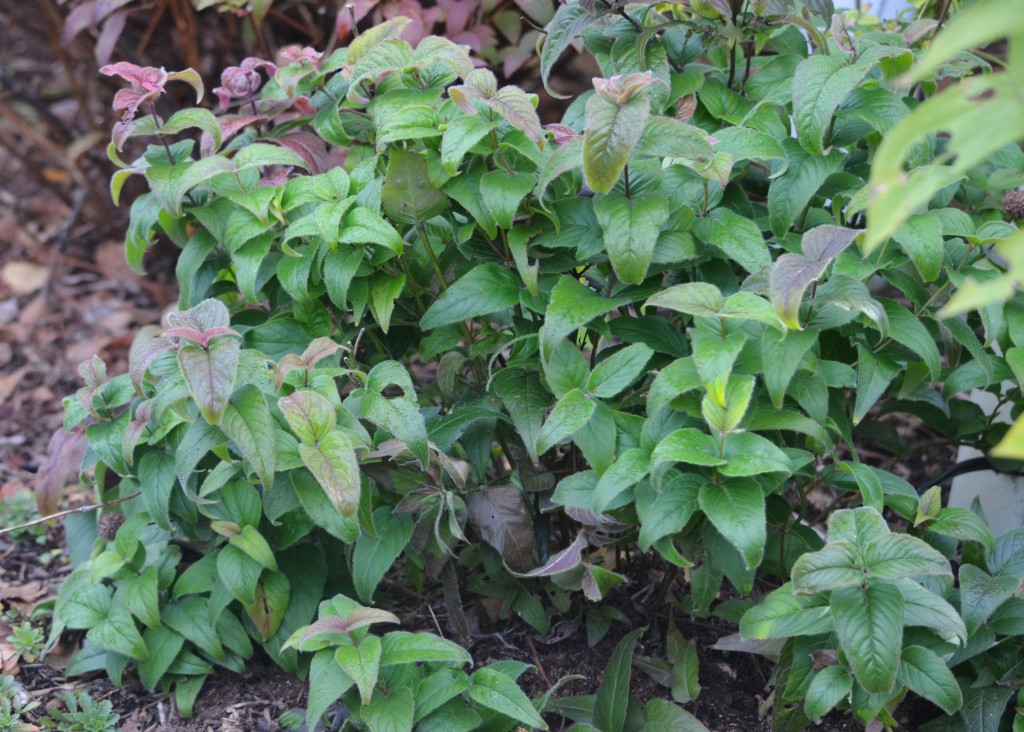Did you ever stumble upon a plant for one reason or another and add it to the garden only to realize later what a gem you actually have? Well ,that is precisely how I feel about the plant in today’s profile; monarda bradburiana , also called Bradbury’s monarda., or Eastern bee-balm.
I have many bee balms planted her in the garden. They are great for pollinators and I dig the flowers. Many of them, though, can get scraggly after bloom and a few are prone to powdery mildew on their leaves. Some can also be quite aggressive and can take over smothering and out competing other plants I count on them as bee food and sometimes for arrangements but I consider none of them to be good foliage plants and am careful where I plant them.
A couple of years ago I was placing an order from Prairie Moon, a native plant nursery that sells plug plants i by the tray in the spring for a relatively cheap price. After adding what I wanted to my plug list I was in need of a few more selections to round the number out to fill a tray and . I figured adding another bee balm here would be alright , so into the virtual cart went some plugs of Bradbury’s monarda.I planted them in random places throughout the gardens to see how they played with others and what they brought to the table.
The answer is …a lot! They grew well in both the sunnier and shadier locations I picked and did not need any extra water or soil amendments. This monarda is the earliest of all to bloom, and although it is no great stunner in the flower department, they are bee magnets. As the season progressed I left the seedheads which were kind of cool for a while, then deadheaded it and forgot about it.
The other bee balms came into bloom in succession, then they did the scraggly leggy thing they are prone to here, and the ones who typically get mildew did, and many got cut back to the ground to hopefully throw out new clean foliage.
A few weeks ago when transplanting some stuff, I realized that the Bradbury’s monarda foliage that happened to be next to the shrub I was moving was still beautiful and was actually taking on a reddish hue as a bonus. I checked out the other locations , and across the board every plant had clean beautiful bushy foliage that was coloring up for Fall.  Without haste i dug the ones in more hidden areas up, divided them, and replanted them to edge several beds. They make a beautiful ground cover and the late color change is a big plus. As a clump former , opposed to a runner like others , I am not worried about competition and actually hope they increase in size enough to give away a few and add some to other borders here.
Without haste i dug the ones in more hidden areas up, divided them, and replanted them to edge several beds. They make a beautiful ground cover and the late color change is a big plus. As a clump former , opposed to a runner like others , I am not worried about competition and actually hope they increase in size enough to give away a few and add some to other borders here.

This also serves as a reminder that sometimes”improvement” through cultivation in plants is not always needed. or desired. Many of my bee balms that were bred for a certain color flower, or longer bloom time , or shorter height don’t even come close to the beauty of this unchanged native. That may not always be the case and I LOVE that plant breeders are continually working to provide us with interesting and disease resistant plants that fill our garden needs, but in this case what Mother Nature gave us really can’y be improved upon.
Bradbury’s monarda will grow 1- 2 ft tall in a bushy mounded form , and is hardy in zones 4-8. Bloom time is May, and September with its cooler nights will bring on the color change in the leaves.